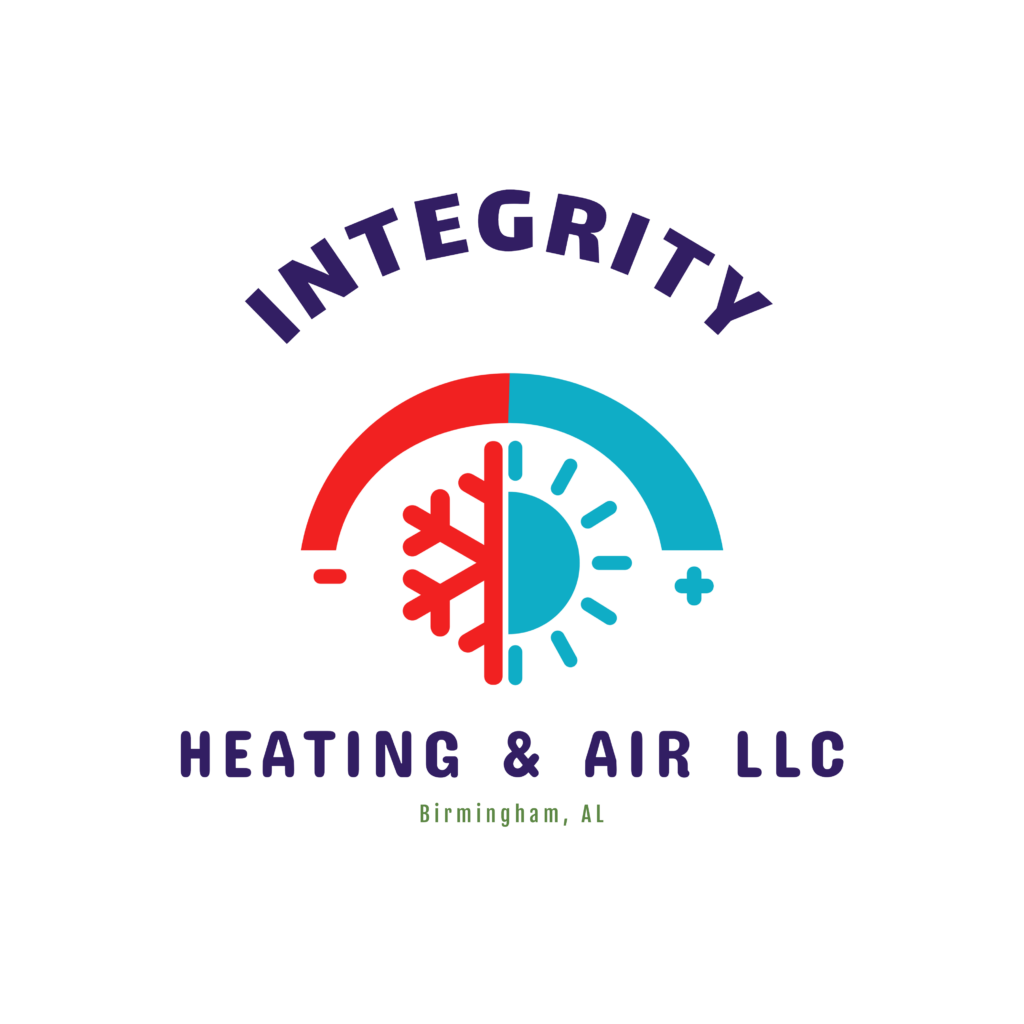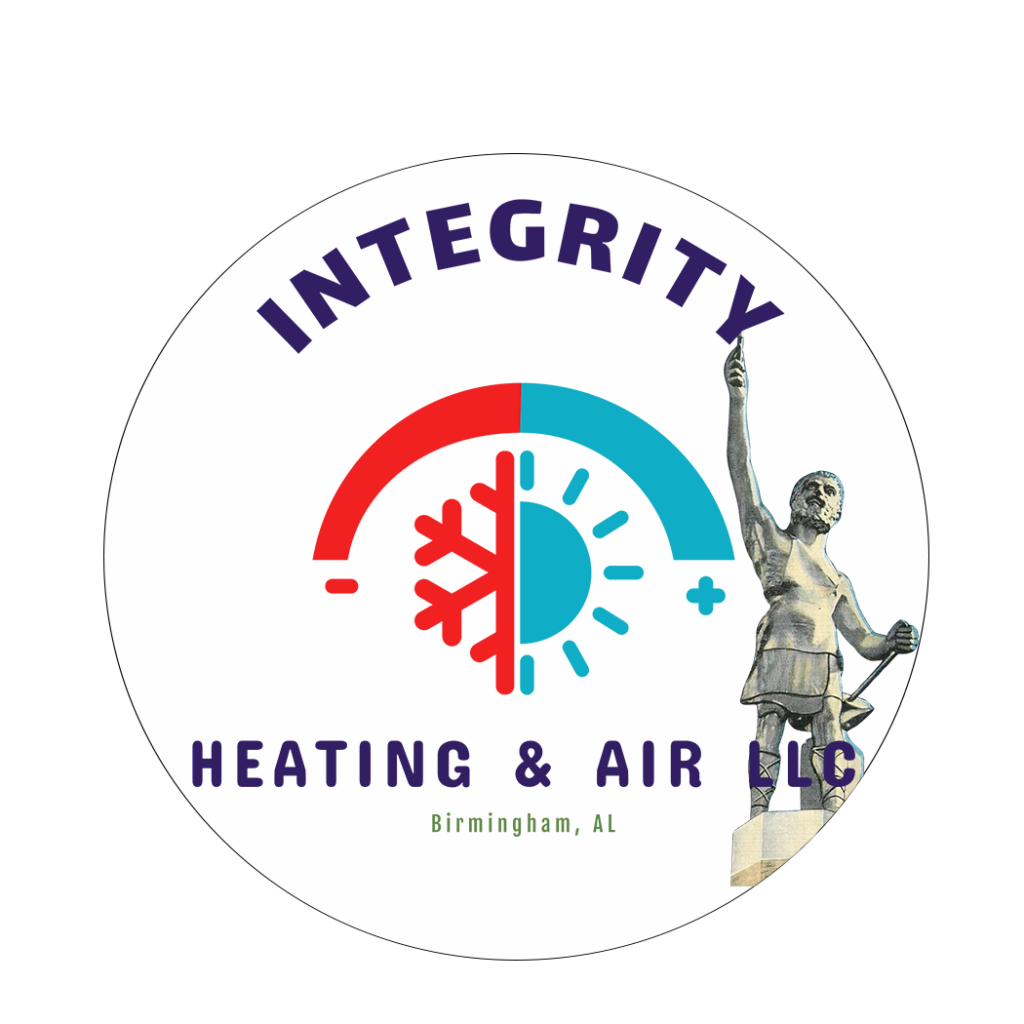Title: Signs Your Thermostat Needs Calibration
As the central control for your heating and cooling system, your thermostat plays a crucial role in maintaining a comfortable indoor environment. However, like any other mechanical device, thermostats can sometimes become inaccurate or faulty, leading to issues with temperature regulation in your home. One common issue that can arise is the need for thermostat calibration.
Calibration is the process of adjusting the settings on your thermostat to ensure that it accurately reflects the temperature in your home and operates efficiently. Without proper calibration, your thermostat may not accurately control your HVAC system, leading to discomfort, energy inefficiency, and potential damage to your system. So how can you tell if your thermostat needs calibration? Here are some signs to watch out for:
1. Temperature Variations: If you notice that the temperature in your home is consistently different from the set temperature on your thermostat, it could be a sign that calibration is needed. For example, if you set your thermostat to 72 degrees Fahrenheit but your home feels noticeably colder or warmer, your thermostat may be reading the temperature incorrectly.
2. HVAC System Cycling Frequently: A thermostat that is not calibrated correctly may cause your HVAC system to cycle on and off more frequently than necessary. This can lead to increased wear and tear on your system and higher energy bills. If you hear your HVAC system turning on and off frequently, it may be a sign that your thermostat needs calibration.
3. Inconsistent Room Temperatures: Another sign that your thermostat needs calibration is if different rooms in your home have varying temperatures, even though they are set to the same temperature on the thermostat. This inconsistency can indicate that the thermostat is not accurately reading the temperature in certain areas of your home.
4. High Energy Bills: If you notice a sudden increase in your energy bills without a corresponding change in your usage patterns, it could be due to a poorly calibrated thermostat. A thermostat that is not functioning properly may cause your HVAC system to run inefficiently, leading to higher energy consumption and increased costs.
5. Age of Thermostat: If your thermostat is old or has not been calibrated in a long time, it may be time to have it checked and calibrated by a professional. Over time, thermostats can become less accurate and may require calibration to ensure proper operation.
In conclusion, a properly calibrated thermostat is essential for maintaining a comfortable and energy-efficient home. If you notice any of the signs mentioned above, it may be time to have your thermostat calibrated by a professional HVAC technician. By addressing calibration issues promptly, you can ensure that your HVAC system operates efficiently, saving you money on energy bills and extending the lifespan of your system.

